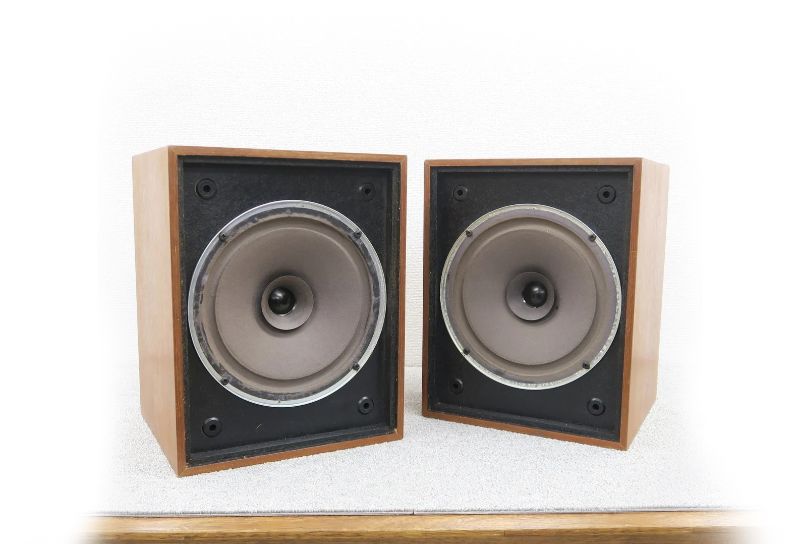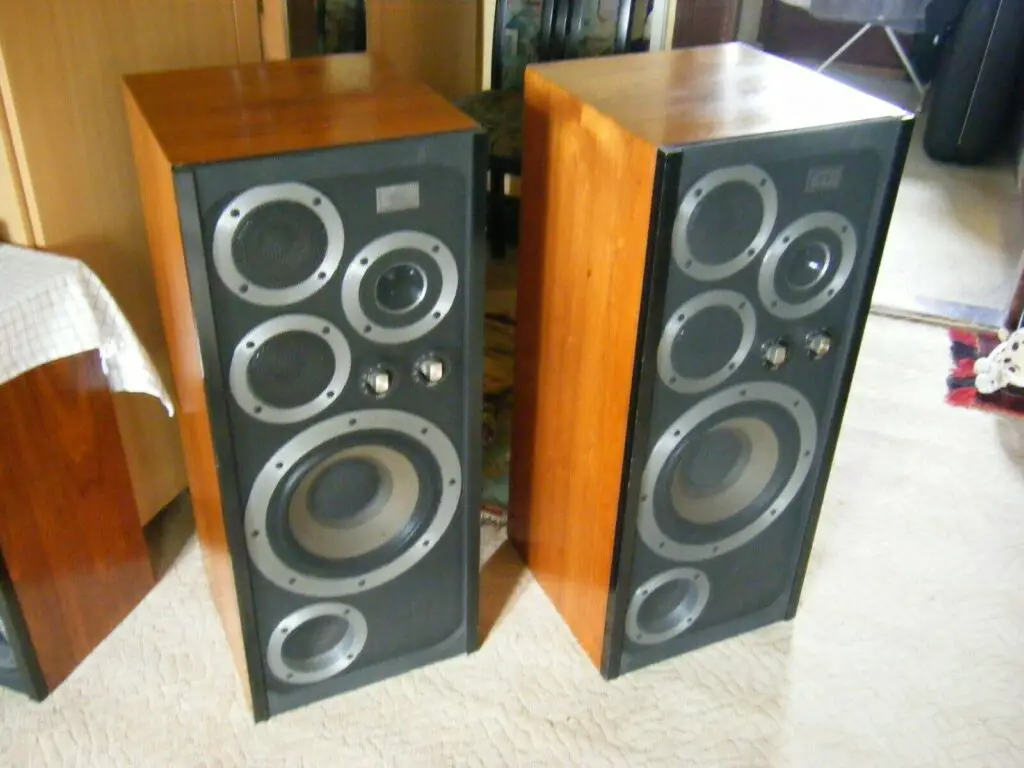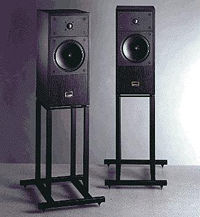Lee Taylor received BAFTA and Palme d’Or honors for his work in recording and mixing for television, music, and film prior to founding Leema, while Mallory Nichols had previously worked in the manufacturing of MAGTRAX monitors for recording studios and mastering firms since the early 1990s. It’s no surprise that the two men started their new business with a loudspeaker. The first Leema Xen mini-monitor, which cost £1,000 a decade and a half ago, immediately established itself as a class act.
It had a slight BBC sound to it, but it wasn’t just another LS3/5a knockoff. It was up to current in terms of engineering, having a hybrid steel and wood cabinet with a metal front baffle and high-quality modern drive units. The first Xen was smooth and detailed, but also surprisingly feisty and exciting in a way that – at the risk of alienating die-hard fans – BBC mini-monitors aren’t usually. After 10 years, the Xen 2 was released in 2015; it is quite similar to the original model and retains its diminutive appearance. However, there have been other enhancements, and we now have a modern-looking product that clearly reflects a great deal of thought.
The Xen 2 keeps its A5-sized baffle and five-liter cabinet capacity, with a frequency response of 57Hz to 25kHz, which is impressive for such a small (140x220x202mm) box. The claimed sensitivity, which is 85dB on average for a speaker of this size, is less surprising. To be fair, no small speaker can get away with a low-powered amplifier, thus a solid 60W RMS per channel is required to get the gas cooking started. The cabinet is made of 1.5mm thick steel that has been folded and welded and is lined with a bitumastic layer with wool inside the hollow for further dampening. To avoid saturation and compression in the crossover, the board is directly connected to the terminals and uses Bennic components and air core inductors when available. To prevent flex, a 12mm thick steel bar runs through the center, and the front panel is made of sturdy MDF. Wood veneer or traditional black paint treatments are available. It has a solid, well-damped feel about it.
A nice cabinet, on the other hand, would be useless if the drive units were not up to the task. Unlike the first Xen, which included a SEAS mid/bass unit, this one features a Leema-designed 100mm unit. It’s been intended to “provide a little just at the proper frequency,” according to the firm, to combat the tendency of small bass/mid drivers to peak over the midrange. Two 260mm reflex ports extend into the cabinet and fold down behind the bass driver; two were chosen to keep the air speed going through them slower than the speed of sound, reducing compression port effects, according to the manufacturer. The new 25mm tweeter is a soft-dome device with a neodymium magnet and Ferro-fluid-loaded coil, which helps dampen resonance and aids cooling and is based on a now-discontinued VIFA design.
The Xen 2 boasts a lot of the same precision and accuracy as BBC-style monitor speakers, but it has a more full-bodied sound and is less cerebral. It does require a pretty powerful amplifier to drive it; for the purposes of this review, the 110W Exposure 3010S2-d did an excellent job. Wooden Ships by Crosby, Stills, Nash, and Young was the first song I listened to. This is an excellent late-sixties rock tune, tonally rich and rhythmically nuanced and laid-back; it’s not something you’d expect a little speaker to handle well. Nonetheless, the Leema’s wonderful rendition of this famous piece astounded me. It created a big, open recorded acoustic with instruments placed precisely within it. It did the trick of melting into the room that superb little speakers accomplish.
It sounded surprisingly extended in the bass, providing up a nice thick bass guitar that adds to the song’s uniqueness. You’ll be more aware of the Leema’s limitations if you feed it a more difficult piece of music, such as 808 State’s Ancodia. This is a slice of classic early 1990s techno, replete with a hefty set bass synthesizer that may saturate small speakers. Even at highish volumes, the Xen performed wonderfully, but it was evident that it was working hard, compressing at very high levels. I wouldn’t expect much more from a small two-way because it’s only mortal.
The Xen 2 gets into the groove with the best of them, bouncing about in a beautifully fluid and carefree style, as demonstrated by Boz Scaggs’ Lido Shuffle. This is when you realize how much fun music can be — nothing beats a little speaker with superb drive units and a firm cabinet for getting the feet tapping. However, unlike some competitors, the Leema does not sound fast due to a peaky treble or midrange forwardness; it has a beautiful and smooth tonal balance that does not emphasize any portion of the frequency spectrum. Instead, it records attack transients with incredible rapidity, such as the song’s incredibly taut snare drum.
This speaker provides a fantastic balance of all the benefits of properly constructed compact speakers (speed, detail, and accuracy) without sacrificing too much on the drawbacks (bass extension, dynamic compression). As a result, it has a very approachable sounding design that is significantly less divisive than many of its competitors.







